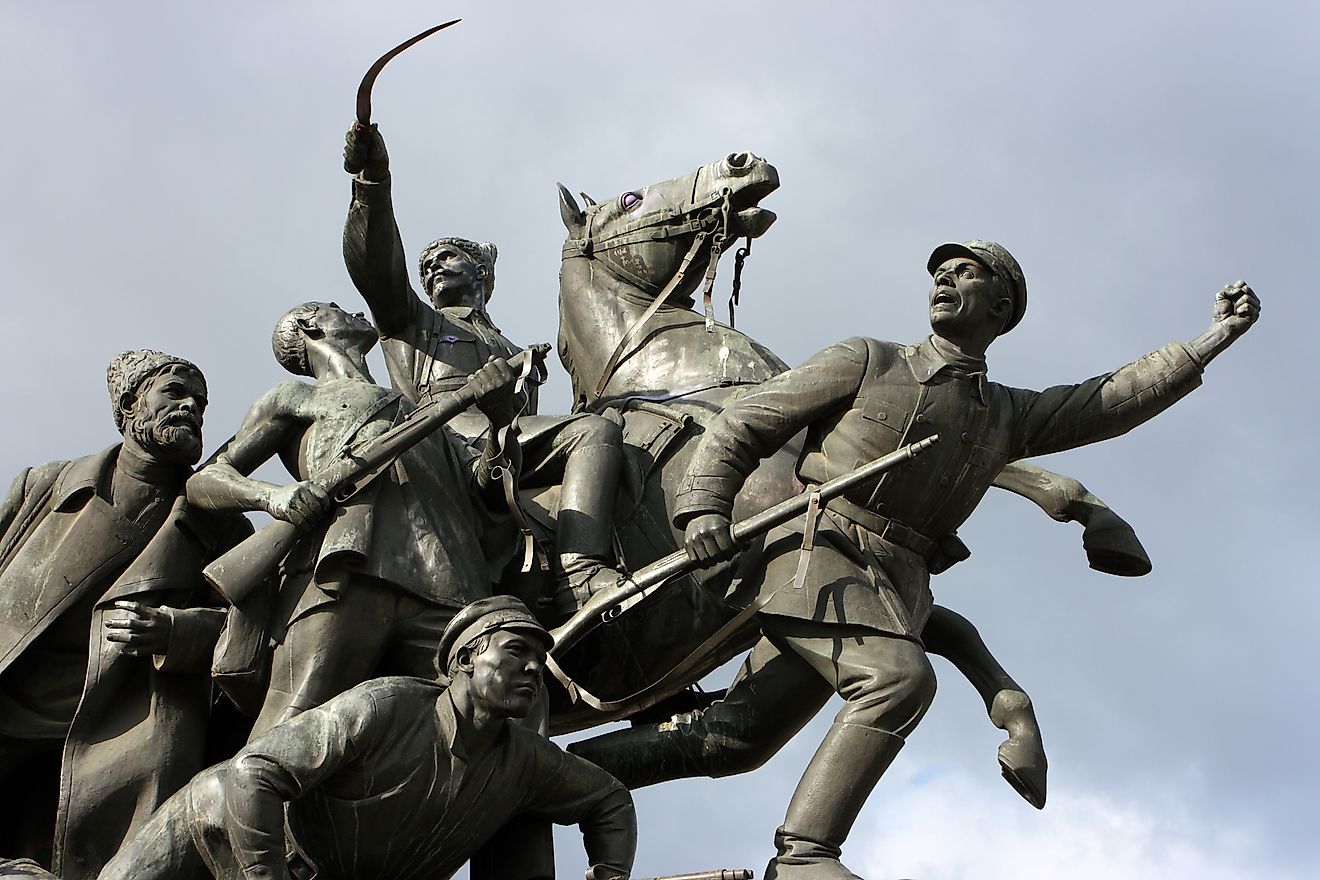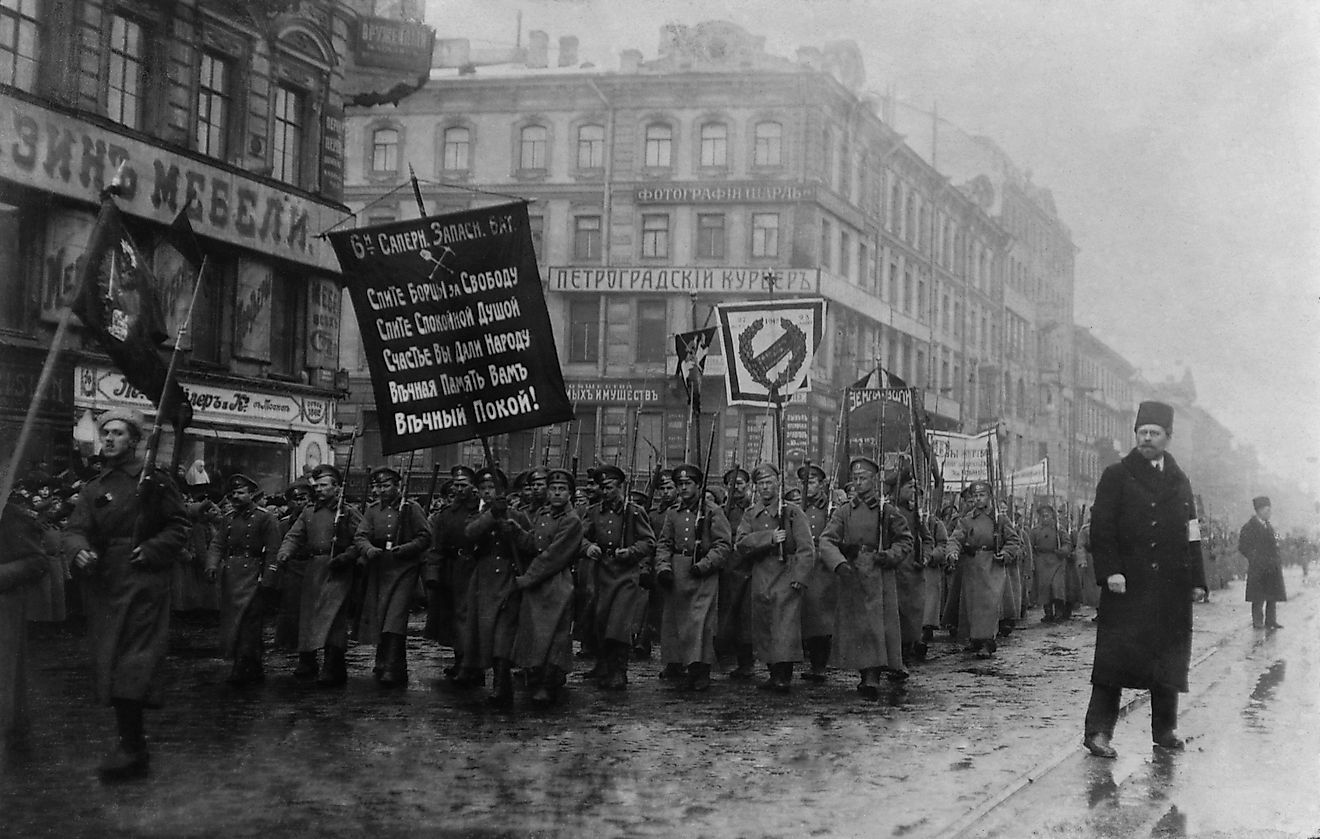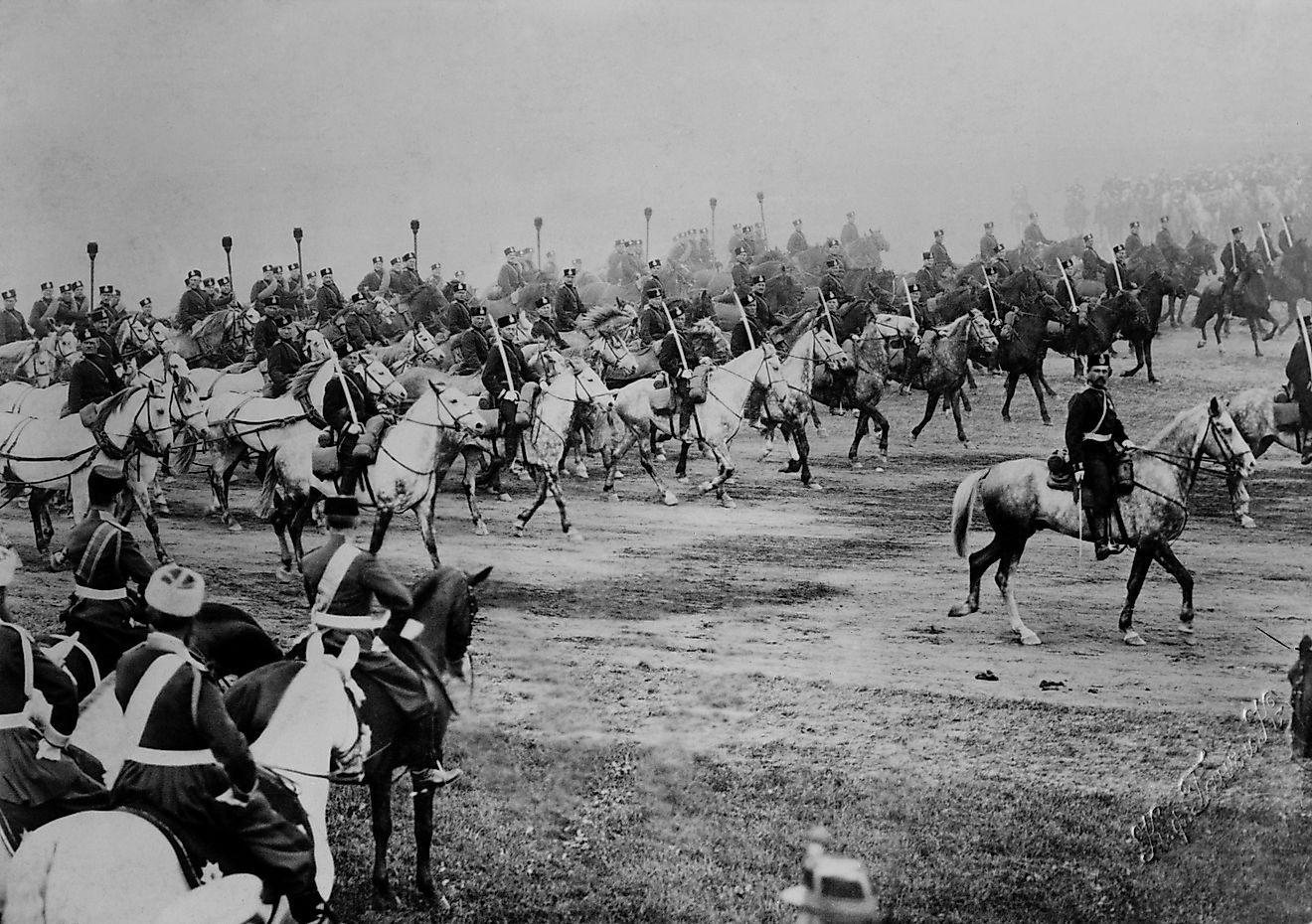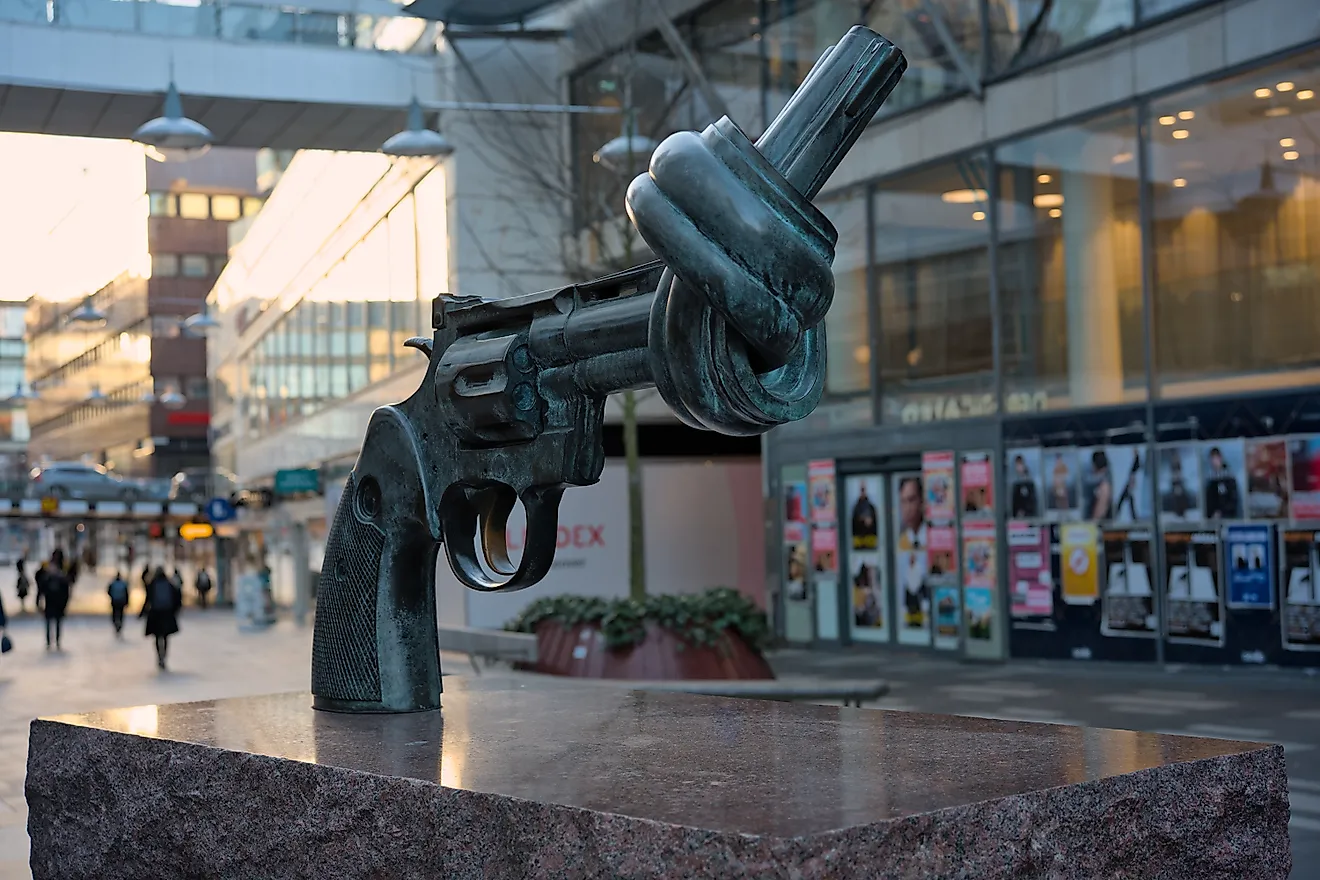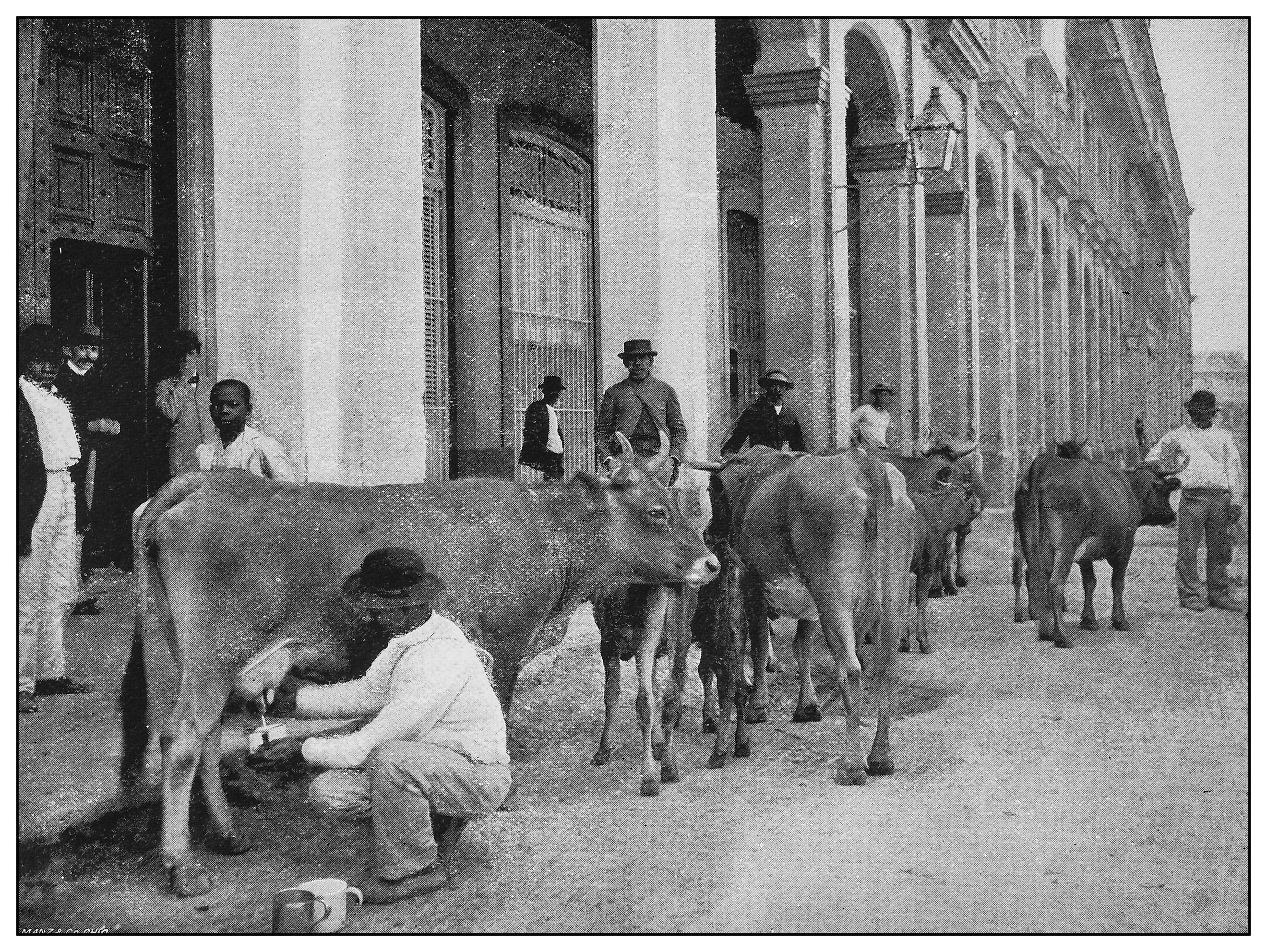
11 Occupations that are Obsolete from History
Innovation and technology have always advanced alongside humanity, and groundbreaking inventions often lead to new occupations Switchboard Operators were crucial components to the advancement of telephone communications, for example, and in the early days of cinema, the 35mm film movie projectors were so complex only a skilled Projectionist could operate them. These examples only represent two of many occupations that were crucial to everyday life in past eras. However, as technologies and the needs and wants of society change and evolve, so has the relevance of certain jobs.
Lamplighter

It is easy to take street lighting for granted in modern times as most urban and rural areas are now fully equipped with lights that turn on and off automatically at certain times. Not long ago, however, the Lamplighter played an integral role in keeping the city streets well-lit and they did so by going from one lampo-post to another with long rod that held a wick at the end. The Lamplighter used this rod to light the lamps in the evening and used it once again to extinguish the light in the morning.
Fuel for lamps came from sperm whales in the late 1700s to the mid-1800s but eventually upgraded to electricity in the late 1800s when Thomas Edison invented the first functional lightbulb suitable for everyday use. With the arrival of electricity, the Lamplighter’s occupation became obsolete as cities, towns, and households began to incorporate the use of electric lights, and over the years, solar energy has been implemented as well to make lighting cheaper and environmentally friendly. Back in the day, however, society relied heavily on the Lamplighter to keep the streetlamps and other lighting alight and in proper working order.
Milkman
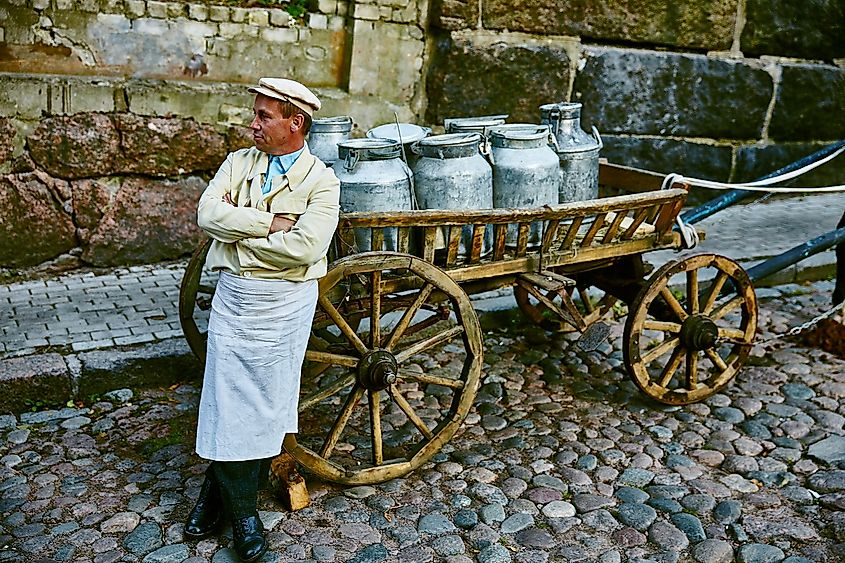
The Milkman was important in delivering fresh milk to customers. Without the benefit of cold storage, the purpose of daily milk deliveries was to prevent the product from spoiling, and families relied on a limited daily supply to be delivered to their homes. These daily deliveries were made by Milkmen using horse-drawn carriages with crates of glass bottles full of milk. While on his daily rounds, the Milkman also gathered the empty milk containers from the previous day.
When iceboxes and refrigeration became readily available, the role of the Milkman grew obsolete as consumers opted to purchase their milk at local supermarkets in larger quantities. The arrival of the automobile also pushed the role of the Milkman further into obscurity as people no longer relied on daily deliveries but could drive to the store themselves to get the items they wanted.
Video Store Clerk
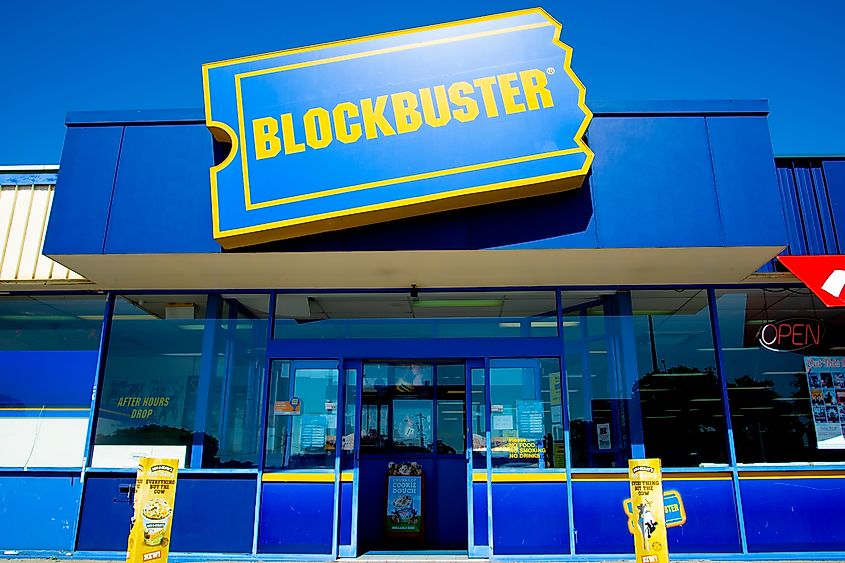
Friday nights were made more exciting in the times when video stores such as Blockbuster offered the chance to rent the latest movies to hit the shelves, and Video Store Clerks were plentiful in that era. Daily tasks included putting new rentals out on the shelves and organizing and processing the returns. Originally, customers rented films on VHS tapes, which were eventually upgraded to DVDs and Blue Rays for better picture quality over the years. Video stores also provided snacks and promotional items such as posters. The Video Store Clerk handled all the sales transactions as well while also making recommendations for the latest new releases. These days, DVD and Blu-ray rentals are on the decline as streaming services are readily available and can be subscribed to from home using smart TVs, smartphones, and computers. Services such as Netflix and Crave TV provide hundreds of movies, documentaries, and special series events right from the comfort of your home. However, nothing beats the nostalgia of visiting the video store on the weekend, and many still recall the memories with fondness.
Log Roller
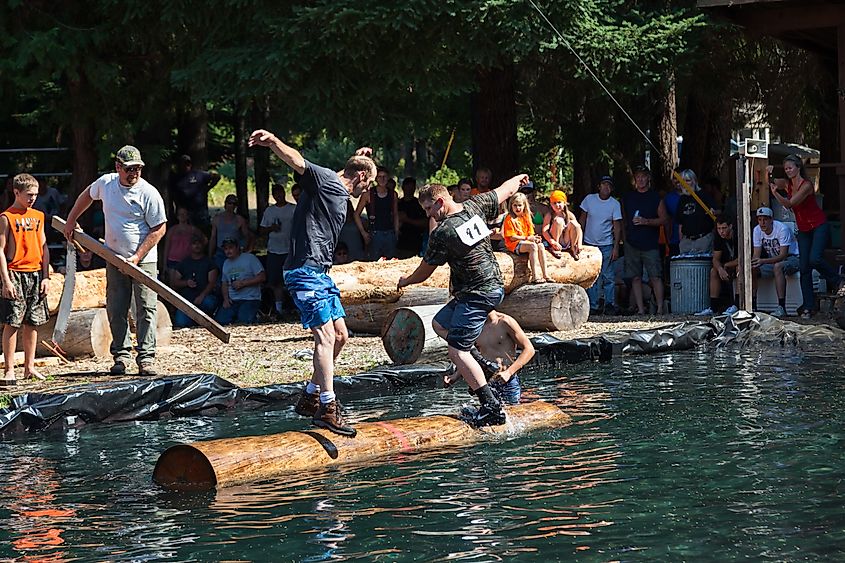
In the mid 19th Century, all over Canada and The United States, the forest industry relied heavily on river systems to carry their product of freshly cut timber to the sawmills downriver. Log Rollers were vital in the process of moving massive quantities of felled timber through the raging waters until it reached the sawmill. Log Rollers would stand on logs and guide them through the river "by rolling," which helped them to remain steady and keep their balance. They would also use long poles to prevent jams. These days, Log Rollers are no longer employed to move timber. They have been replaced by logging trucks which traverse the rugged terrain deep into the woods loaded with timber.
Due to the expertise and skill required to roll logs, Log Rolling is now considered a sport in some parts of the United States, where replica logs are constructed for the purpose of competition. Tom Fleming of Eau Clair, WI, won the very first unofficial log rolling competition in 1898 in Omaha, Nebraska.
Potato Picker
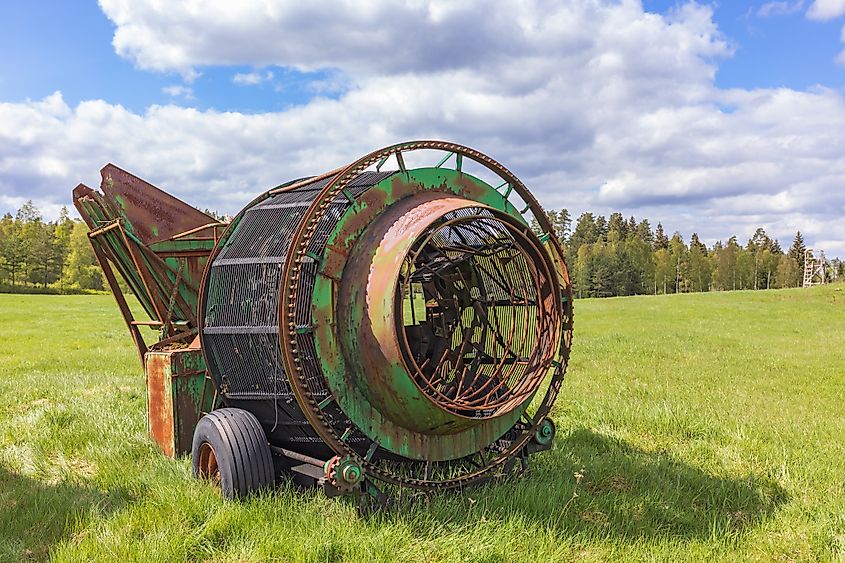
Picking potatoes holds a special charm in the hearts of folks from Eastern Canada, in the Florenceville-Bristol region of New Brunswick especially, the French Fry Capital of the world. In former times, when picking potatoes was an integral part of the harvest season, the school commenced three weeks early to make way for the three-week-long Potato Break, held annually in the Fall, so families and students could take to the potato fields and earn extra money for the coming school year. It was hard but enjoyable work that brought the community together for workdays that could last up to 11 hours at the height of the season. Potato pickers would dump their potatoes into wooden potato barrels. The barrels were tagged with the workers’ assigned numbers, and at the end of the season, the farmers tallied the tags and paid their pickers per barrel. It was good money for the students back then, and they often used it to buy sports equipment, school supplies, clothing, candy, and toys.
From the mid-1900s onwards, the machine-operated potato harvester eventually replaced the need for potato picking. Therefore, the community-wide tradition of picking potatoes came to an end, though it still has a place in people's hearts. In fact, visitors traveling through the French Fry Capital of the World will be delighted by a visit to Potato World, a museum and eatery designed to celebrate the history of the humble potato.
Town Crier

Waking up to the cry of “hear ye, hear ye” or “Oyez, oyez” was a common occurrence as far back as medieval England where the voice of the Town Crier bellowed out all the news and current events proclaimed by the ruling monarchy of the day, before posting his bulletin to the door of the local inn or tavern. This was how the news got out in that era. The town Crier’s job was considered so important they were under special protection of the Royal Family, which made harming them a crime in some cases. Other duties that were the responsibility of the Town Crier included reading the crimes of those about to be hanged as well as cutting the criminals down from the rope once the hanging had taken place. Town Criers were also expected to deal with miscreants as necessary.
Uniformed in a tricorn hat, a long ornately decorated coat, and breeches, Town Criers are now an iconic symbol of the past called on for ceremonial purposes only as their role in society reduced in significance, especially when newspapers started becoming popular.
Pin Setters
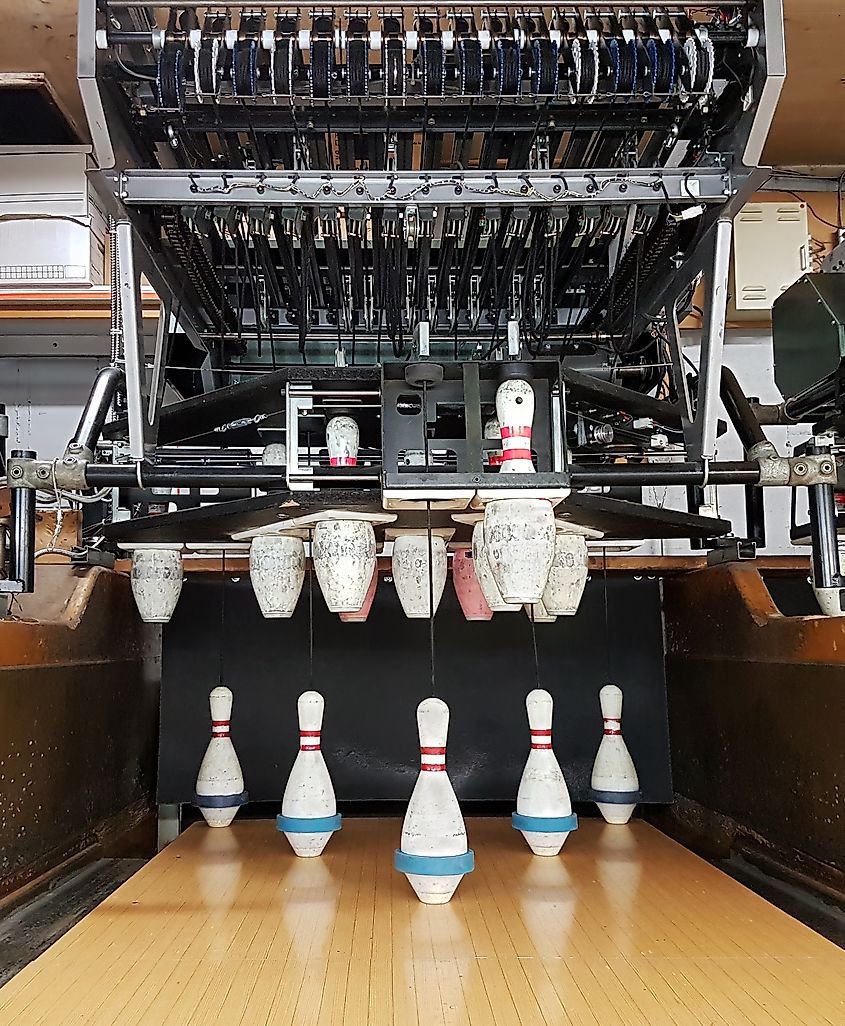
Bowling is a beloved pastime in North America, and it brings to mind the sound of whirring bowling balls whizzing down the lane, crashing into pins at the end, and sending echoes of strikes or gutter balls across the alley. In the early days of bowling, Pin Setters were employed to set the pins back in formation by hand. This was an inherently problematic endeavor at times as Pin Setters were usually vagrant teenagers brought in off the streets to do a job that was dull with low pay. It also held other challenges as Pin Setters often lacked the ability to focus for long on the game at hand and were rumored to find creative ways to make the pins fall to either make or break a game, likely as a bribe by one of the competitors. Fed up with the inconstancy of Pin Setters in general, Gottfried Schmidt designed an early prototype of a mechanical pin setter designed to organize and reset the pins by machine, rendering the need for a Pin Setter obsolete. The idea eventually took off in the mid 1900s and bowling alleys across the continent put them in place, making the game of bowling much more interesting and reliable.
Switchboard Operators
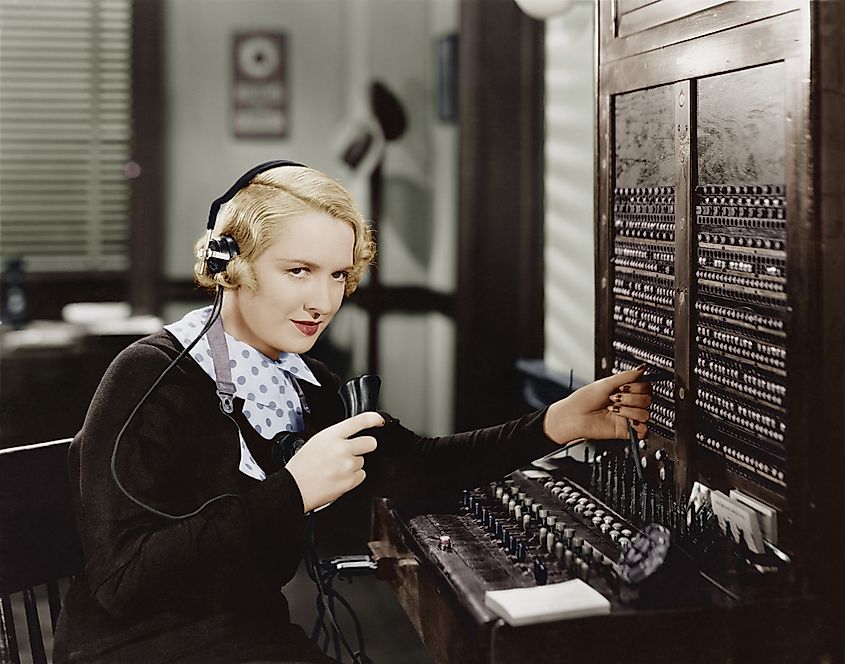
Long before cellphones were an everyday thing, Switchboard Operators were responsible for connecting callers via switchboard, equipped with wires connected to folks who had telephones installed in their homes. When they lifted the receiver, callers on the other end were connected with their requested contact. It was the Switchboard Operators' job to help facilitate smooth connections. This occupation presented its own challenges as operators, typically women, were expected to work up to ten hours a day without talking or offering any emotion or opinions on all the conversations they overheard throughout the day. By the 1930s there were 235,000 women employed as switchboard operators.
Inventor George W. Coy came up with the idea of the switchboard in 1877, not long after Alexander Graham Bell invented the telephone. Most homes eventually became equipped with telephones and the need for a Switchboard Operator became obsolete as telephone lines connected people directly from home to home.
Projectionist
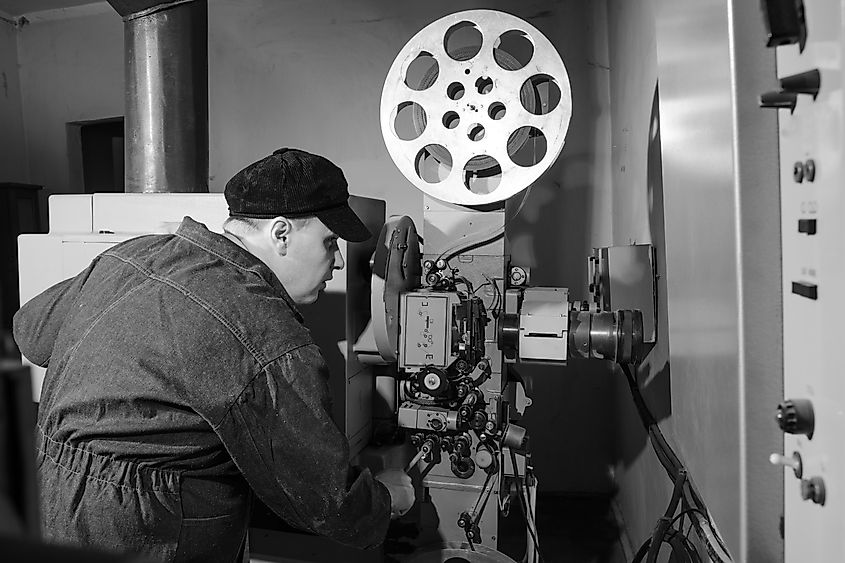
Film viewing was a rather risky business for some in the early days of movies. Specifically, a Projectionist was responsible for the various duties in the projectionist’s room, including installing film to project the picture on the movie screen at the other end of the theatre. The process of projecting film was rife with issues, including possible fires due to the chemicals required to process the film, as well as a variety of technical issues that could erupt at any minute, including dropping the film, fire outbreaks from static buildup, and a variety of other problems which occurred from the complicated and noisy movie projectors. Nevertheless, Projectionists played a vital role in the movie viewing experience, coping with burn marks in the film, as well as splicing the film at just the right places so the movie played along smoothly. Theatres now rely on digital movie projectors, which are much more reliable, safer, and less labor-intensive.
Elevator Operator

Elevator Operators were held in very high esteem at one time. They were poised and ready to whisk people away to the floor of their choice on lifts designed to provide a pleasant experience in storied hotels and department stores such as Macy’s in New York City. Elevator Operators dressed in proper uniforms and delivered patrons to their desired locations with ease. Elevator Operator jobs were typically filled by women, but men also did this line of work in its heyday, which fell into decline after the New York City strike of 1945.
In the 1800s, the earliest elevators in use were powered by steam and eventually replaced by the automated elevator, invented by Otis Elevator, after WWII. At first, the public was wary of the automated elevators, but when stop buttons and emergency call buttons were added, they became a more trusted mode of transport. Not long ago, however, it would be an unheard-of thing for a layman to maneuver an elevator on their own, as becoming an Elevator Operator required training. However, by the 1970s, most places installed automated elevators, and the Elevator Operators became a thing of the past.
Ice Cutter
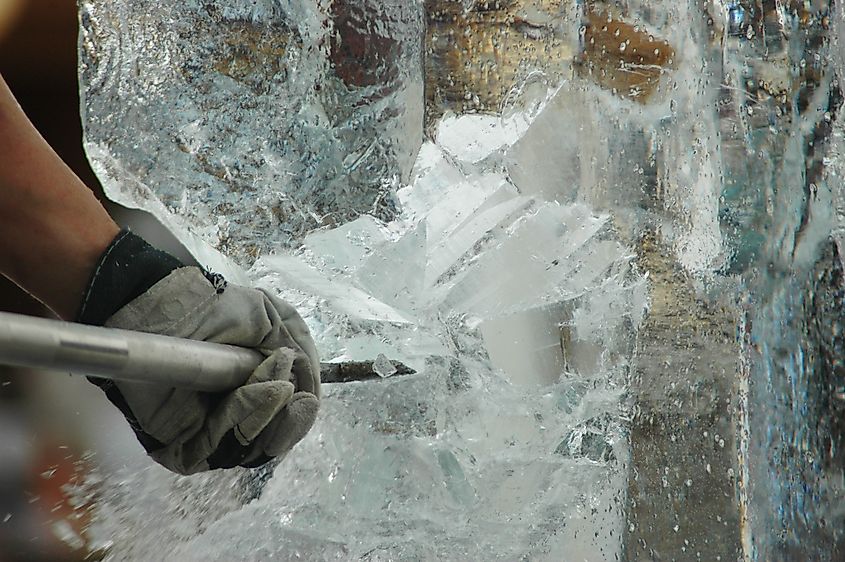
Making a trek out onto the ice of the St. Lawrence River in Canada was an everyday event at one time. Ice Cutters would risk their lives to harvest large blocks of ice from the river to take them to market or deliver them to homes. Before the invention of the refrigerator, cold storage was commonly found in the form of ice houses and ice boxes, where large blocks of ice were stored to keep cool for later use. Men would risk it all to carve big chunks of ice from the rivers in the coldest months of the year, and many lost their lives in the process. The successful ones used horse-drawn carriages to haul the ice and make their deliveries. It was an arduous and labor-intensive task that has improved remarkably over the years.
Modern refrigeration changed the game when it comes to the luxury of having ice within arm’s reach, not to mention safety. Ice trays and ice makers employ the freezing capabilities of a refrigerator to provide small blocks of ice for our drinks. In times past, ice-picks were used to hack away at the ice in order to achieve a similar effect.
The refinement of the accessibility to ice has caused the job of the Ice Cutter to become obsolete. However, at one time, it was a high-risk mode of employment that made everyday life better, especially during the warmer seasons of the year, when a block of ice was used to cool down a room.
In former years, the brilliant inventions of the pioneers of technology laid the groundwork for things we take for granted today, such as electric lighting at our fingertips, heavy machinery to replace labor-intensive jobs, or entertainment in endless supply via streaming services and smartphones. The marvels of early discovery, such as Edison’s lightbulb or Gottfried Schmidt’s pin-setter machines, paved the way to replace certain outmoded occupations while making life much more enjoyable and accessible. As things have changed over the years, progress reflects the original ideas that helped create the world today. These 11 jobs may have become obsolete, but their influence on the world held great importance in their day.
